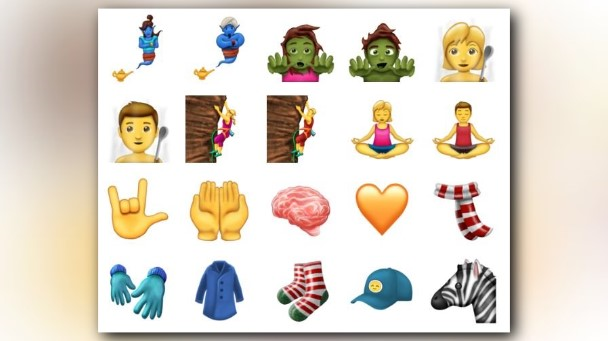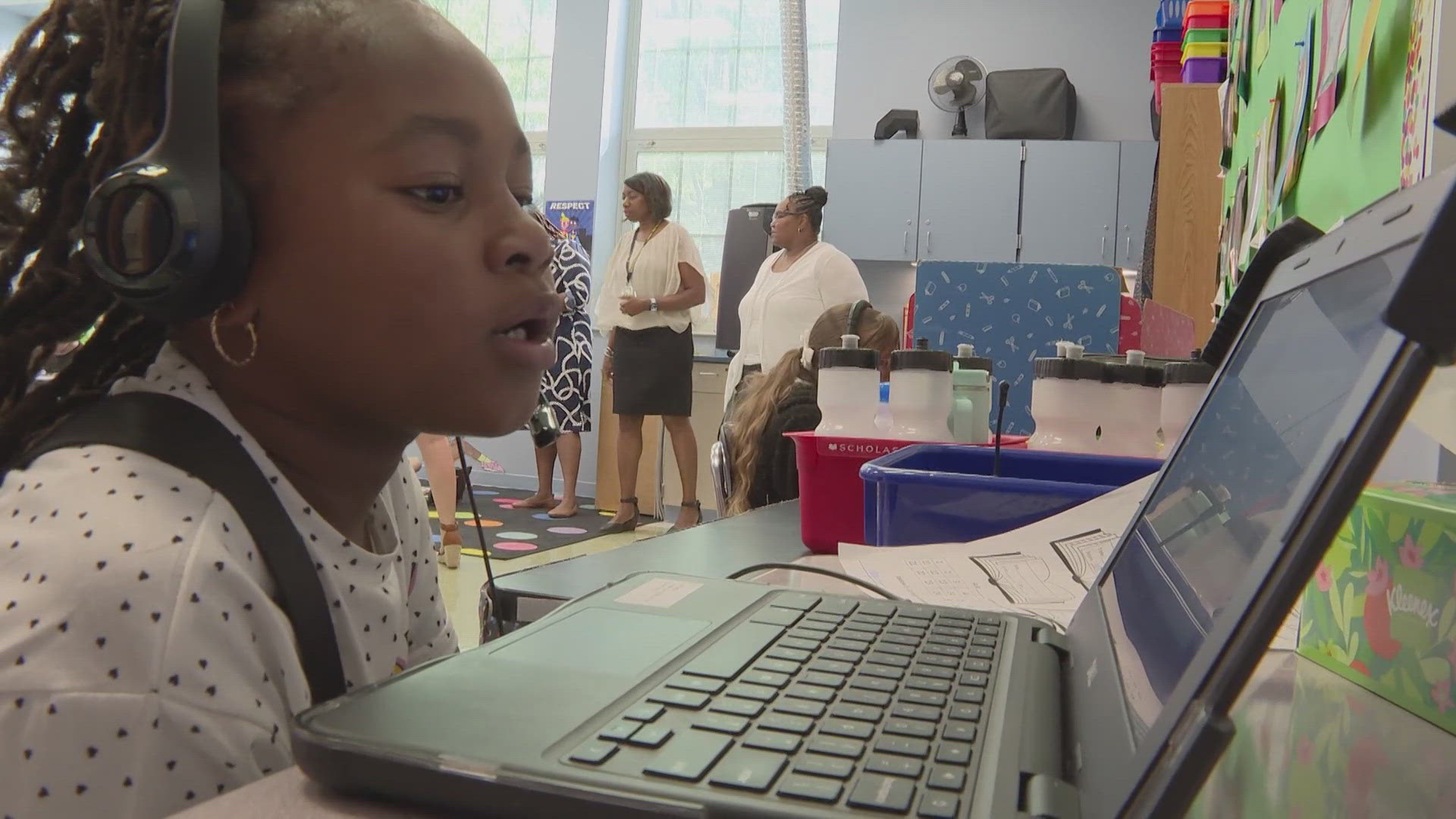Two words guaranteed to get people under the age of 25 pumped up? New emojis.
Fifty-six new emojis will go live later this year along with the release of Unicode version 10.0, the Unicode Consortium announced this week. There will be a literal mind-blown emoji, a breastfeeding emoji and — drumroll please — the long-awaited orange heart emoji. The release will also include a set of Typicon marks and symbols and a Bitcoin sign.
Check some of them out below, via Emojipedia:

Most tech brands and companies are targeting the Gen Z audience, and for awhile they accomplished that through stickers on apps like Instagram and through downloadable sticker packs. But for the past year, emojis have been the way to go. According to eMarketer, there are 6 billion emoticons or stickers sent around the world every day on mobile messaging apps.
“Gen Z is snappy and efficient,” author of the award-winning book How Cool Brands Stay Hot, Joeri Van den Bergh said at a youth marketing strategy conference in New York last year. “They are the ‘emojinal’ generation because a picture is worth more than 1,000 words. Brands need to take note of this when they are trying to talk to this generation. Get rid of the boring aspects of marketing because we have a visual generation here.”
Van den Bergh referenced Pepsi as one company tapping into Gen Z’s heavy reliance on emojis as communication, with this ad they created last year and their downloadable Pepsimoji keyboard.
According to a 2015 Fuse Marketing study, The Unicode text language was first developed in 1999 by Japanese engineers and has since grown into a global part of electronic communication.
The study notes the transition from the hand-written letter to e-mail communications, from texts to tweets, and how Gen Y and Z are using emojis and emoticons to advance their communication with each other.
“Emojis are doing what the tone of voice did on the telephone and what gestures, tones and facial expressions did in interpersonal communication,” Mitchell Stephens, a professor at NYU’s Arthur L. Carter Journalism Institute said. “It gives people something that has been missing in writing for the past five and a half thousand years.”
The proof is in the numbers. Brands like Microsoft, Mentos, Ikea and Comedy Central have all created their own emojis, and Instagram reports that nearly 50% of all captions and comments on its platform have an emoji. Sixty-four percent of Millennials communicate with them regularly.
The study, though, cautions against brands creating emojis on a whim.
“It is essential that (brands) not become the equivalent of an embarrassing parent. Striving to stay cool by using emojis and emoticons can have negative outcomes if executed poorly,” the study states. “By understanding youth culture and how emojis are used in their everyday communication, brands can successfully create authentic content that young consumers want to engage with.”
Reaching out to the next generation means doing so visually and according to the study, “Brands that don’t speak the language of teens and young adults today risk being perceived as less relevant.”


